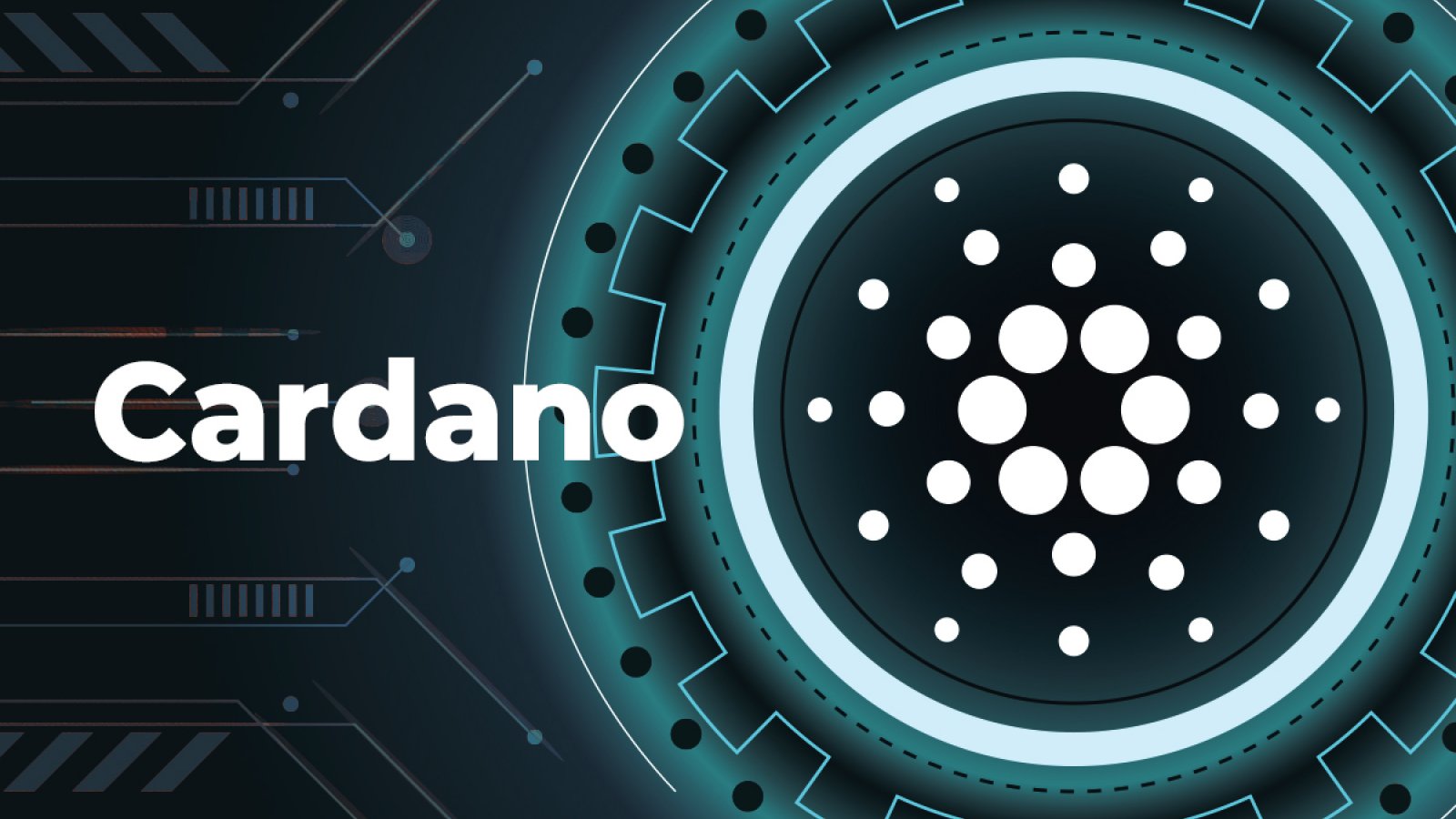Bank of America survey: 75% of U.S. investors have no crypto exposure
The US market looks like a crypto powerhouse, but in reality, only a small fraction of American investors have material crypto exposure. Recent data shows most investments still go toward traditional assets.
American investors have limited crypto exposure, when it comes to material allocations. A new Bank of America survey, cited by the Kobeissi Letter, notes over 75% of investors have no exposure to crypto.
 The USA is a powerhouse of transactions and institutional activity, but crypto ownership is comparatively low | Source: Triple-A
The USA is a powerhouse of transactions and institutional activity, but crypto ownership is comparatively low | Source: Triple-A
The data matches a previous Gallup survey, showing only 14% of American investors held crypto, and most did not have a significant allocation. Based on the current data and activity, even though the USA is one of the liveliest crypto markets for trading and innovation, crypto investment has a big potential upside to growth.
How many American investors own crypto?
There is still no consensus on what counts as material crypto exposure. Other data show up to 28% of Americans own some crypto, but the actual allocation and activity may vary. The expectation for crypto is that it could turn from experimental activity to a more predictable asset for portfolio allocation.
Some of the crypto growth may be due to memes or low-cost activities. However, seeing BTC and other assets as deflationary reserves may change the potential for fund managers to allocate assets.
According to the Global Fund Manager Survey by Bank of America, funds are especially conservative in allowing crypto allocation. Roughly 67% of fund managers have not considered crypto as worthy of allocation.
The metric may change in the coming years, with the appearance of stablecoins regulated by the Genius Act, as well as RWA tokenized assets.
Chainalysis: North America becoming an institutional powerhouse
The USA is still holding the second spot on the Chainalysis crypto adoption index. In 2026, American traders made up to 26% of on-chain volumes. Despite limitations on using some projects, US-based crypto natives remained a source of support for new token launches, meme trading, content, and more.
The market rally and stablecoin activity at the end of 2024, triggered by the US Presidential Election, led to a higher baseline of activity for the whole of 2025, extending the bull market with extra liquidity.
According to Chainalysis, North American crypto markets are extremely vulnerable to short-term shifts in sentiment. Trends can reverse in less than a month, or restart if investors and traders see favorable conditions.
Chainalysis also notes US-based centralized exchange activity remains near its usual high levels. Institutional investment has evolved in the past year, driven by new ETF launches and larger inflows into BTC, ETH, and SOL.
North America is also the leader in high-value crypto activity, with 45% of transaction value held in transfers of over $10M. European markets come second, with 34% of crypto volumes locked in large-scale whale transfers. This points to outsized institutional adoption in the USA, potentially putting crypto on the radar of more fund managers.
The crypto market is now valued at $3.99T in market capitalization, though few assets have enough liquidity to carry institutional and fund allocations.
Want your project in front of crypto’s top minds? Feature it in our next industry report, where data meets impact.
You May Also Like

Cardano (ADA) Releases New Roadmap – Here’s What They Have Planned

‘Alien Earth’ Composer Jeff Russo Dives Into Score For FX Series
